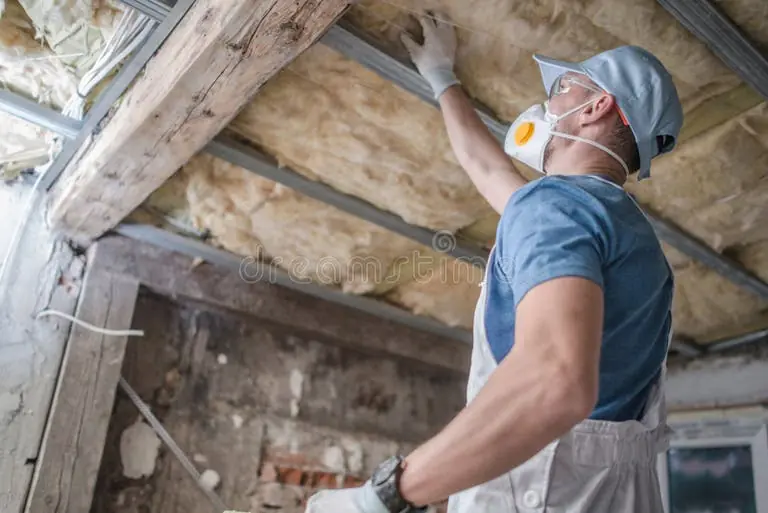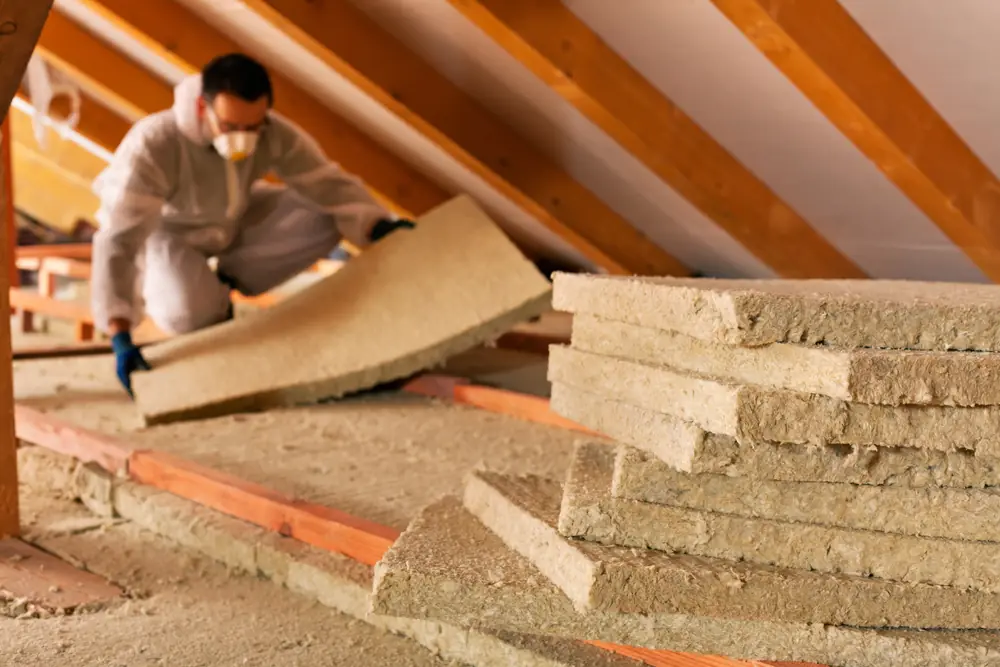Noise from upstairs neighbors, foot traffic, or mechanical systems can be one of the most frustrating disturbances inside a home or office. Ceiling soundproofing is one of the most effective ways to control unwanted noise and create a quieter, more peaceful environment. The right insulation material not only reduces sound transmission but can also improve energy efficiency and comfort.
In this guide, we will explore the best soundproofing insulation for ceilings, how each option works, and what to consider before making a choice. Whether you are renovating, building new, or simply looking for a cost-effective upgrade, this article will help you find the solution that suits your needs.
Why Ceiling Soundproofing Matters
Noise pollution is more than just a nuisance. Constant exposure to noise can reduce concentration, disrupt sleep, and increase stress levels. In multi-family housing or commercial buildings, soundproofing ceilings can also enhance privacy and value.
Effective ceiling insulation helps reduce:
- Impact noise (footsteps, dropping objects, moving furniture).
- Airborne noise (voices, music, televisions, HVAC systems).
- Vibrations from plumbing and mechanical equipment.
A well-insulated ceiling addresses all these noise types, creating a more comfortable living or working space.
Factors to Consider Before Choosing Insulation
When evaluating ceiling soundproofing insulation, pay attention to these factors:
- Noise type: Airborne noise requires different solutions than impact noise.
- Ceiling construction: Drop ceilings, drywall ceilings, and open joist ceilings each demand a tailored approach.
- Budget: Some insulation products are cost-effective, while others require a higher upfront investment.
- Fire resistance: Always check fire ratings for safety compliance.
- Thermal benefits: Some soundproofing insulation also improves energy efficiency.
Best Soundproofing Insulation for Ceiling
Mineral Wool Insulation for Ceilings
Mineral wool (or rock wool) is one of the most popular materials for ceiling soundproofing. It has a high density, excellent sound absorption qualities, and is resistant to fire.

Key benefits:
- Superior noise reduction due to high density.
- Excellent fire resistance for added safety.
- Provides both thermal and acoustic insulation.
Best use case: Between ceiling joists in apartments, offices, and home theaters.
Fiberglass Insulation for Ceiling Soundproofing
Fiberglass batts and rolls are widely available and budget-friendly. While not as dense as mineral wool, they still offer solid acoustic performance when installed correctly.

Key benefits:
- Cost-effective and easy to install.
- Works well in ceilings with open cavities.
- Offers thermal insulation alongside noise control.
Best use case: Residential ceilings where affordability is a priority.
Cellulose Insulation for Ceiling Sound Control
Blown-in cellulose insulation is eco-friendly and performs well at blocking airborne sound. Made from recycled paper treated with fire retardants, it fills gaps and reduces noise leakage effectively.

Key benefits:
- Great for retrofitting older buildings.
- Fills small cracks and voids for improved coverage.
- Sustainable and environmentally friendly.
Best use case: Existing ceilings where minimal demolition is preferred.
Acoustic Panels and Insulation Boards
Specialized acoustic panels or boards can be installed on top of existing ceilings. These products are engineered for high sound absorption and can be combined with traditional insulation for enhanced results.
Key benefits:
- High performance against both airborne and impact noise.
- Available in different thicknesses and densities.
- Can double as a decorative finish in some cases.
Best use case: Recording studios, offices, or spaces where maximum soundproofing is essential.
Spray Foam Insulation for Ceilings
Spray foam is primarily known for thermal insulation, but it also reduces noise transfer by sealing gaps and cracks. While not as effective as mineral wool for soundproofing, it can be combined with other methods.
Key benefits:
- Expands to seal small air leaks.
- Adds structural support to ceilings.
- Helps reduce both sound and energy loss.
Best use case: Ceilings that require air sealing in addition to moderate noise control.
Comparing Ceiling Soundproofing Insulation Options
| Insulation Type | Best For | Pros | Cons |
|---|---|---|---|
| Mineral Wool | Apartments, offices, home theaters | High density, fire resistant, great sound absorption | Higher cost than fiberglass |
| Fiberglass | Budget-friendly projects | Affordable, easy to install | Less effective than mineral wool |
| Cellulose | Retrofitting old buildings | Eco-friendly, fills gaps, good sound control | Can settle over time |
| Acoustic Panels | Maximum noise reduction | Excellent sound absorption, professional results | Higher upfront cost |
| Spray Foam | Air sealing + moderate soundproofing | Seals gaps, improves energy efficiency | Less effective as standalone soundproofing |
Additional Tips for Soundproofing Ceilings
Soundproofing insulation alone may not always be enough. To maximize results, consider these additional strategies:
- Add resilient channels: These create a gap between drywall and joists, reducing vibration transfer.
- Double layer drywall: Adding mass helps block more noise.
- Use acoustic sealant: Seal gaps around fixtures and edges to prevent sound leaks.
- Install soundproof ceiling tiles: Ideal for drop ceilings in offices and basements.

Cost Considerations for Ceiling Soundproofing Insulation
The cost of soundproofing insulation depends on the material, labor, and ceiling size. On average:
- Fiberglass insulation: $0.40–$1.50 per square foot.
- Mineral wool insulation: $1.00–$2.50 per square foot.
- Cellulose insulation: $1.00–$2.00 per square foot.
- Acoustic panels: $3.00–$7.00 per square foot.
- Spray foam insulation: $1.50–$3.00 per square foot.
While mineral wool and acoustic panels cost more upfront, they provide superior long-term performance, making them a worthwhile investment for noise-sensitive spaces.
Conclusion: Choosing the Best Ceiling Soundproofing Insulation
The best soundproofing insulation for your ceiling depends on your specific noise problem, budget, and building type.
- Choose mineral wool if you want maximum noise reduction and fire safety.
- Opt for fiberglass if you need an affordable, practical option.
- Go with cellulose for eco-friendly retrofits with good sound control.
- Consider acoustic panels for professional-level results.
- Use spray foam when air sealing and moderate noise reduction are priorities.
Combining insulation with additional soundproofing techniques, such as resilient channels and acoustic sealants, will deliver the quietest results.
If you are planning a ceiling soundproofing project, start by identifying the main source of noise and select the insulation type that best matches your needs. With the right material and installation approach, you can enjoy a quieter and more comfortable environment.

